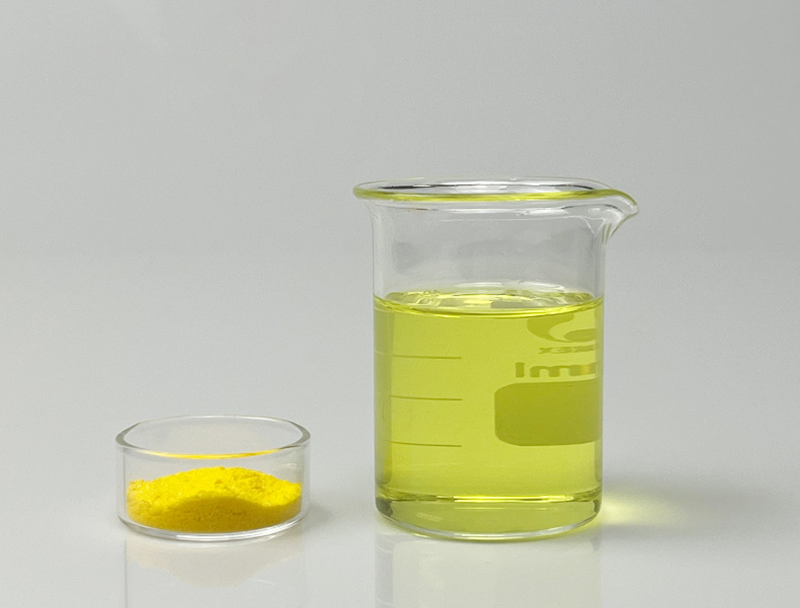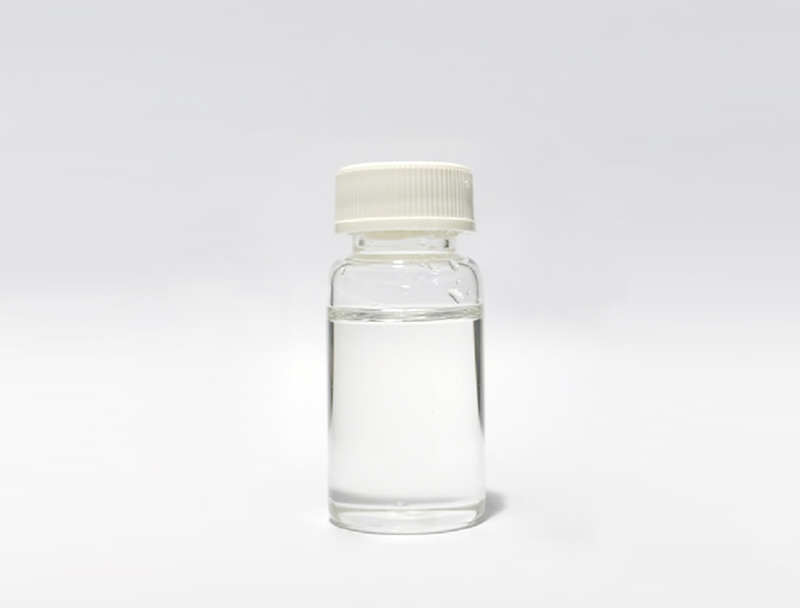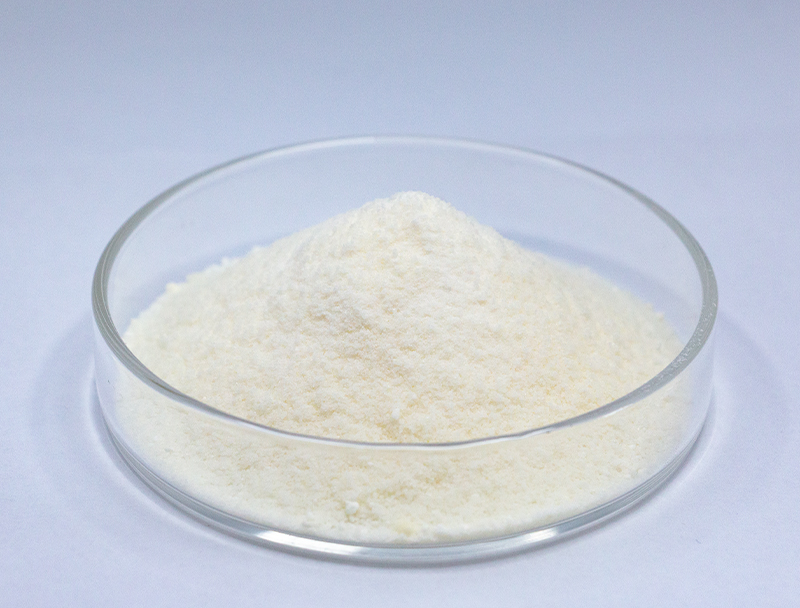
Cell-based production leans heavily upon a wide assortment of input materials to create novel bio-derived items.
Safeguarding the sustainable sourcing of these resources is indispensable to sustainable success and conscientious scaling.
many concerns related to standard raw input procurement for example habitat harm and overextraction of resources. Therefore, producers should prioritize ethical sourcing models to curtail ecological damage.
- Examples of sustainable sourcing practices include:
- Harnessing secondary biomass from farming outputs
- Adopting looped production models to decrease loss and amplify reuse
- Connecting with nearby vendors prioritizing responsible supply
Such a move to ethical procurement delivers ecological gains and commercial returns over time.
Upgrading Feedstock Traits for Better Biofuel Performance
Maximizing the efficiency of biofuel production relies heavily on the quality and composition of biomass feedstocks. Engineers continually develop approaches to improve biomass suitability, creating higher productivity and an eco-friendlier fuel landscape. Tactics include molecular breeding to increase biomass and chemical or physical pretreatments to release sugars.
- Likewise, initiatives explore candidates such as algal biomass, process wastes, and agricultural leftovers to extend sustainable feedstock availability for fuels.
- As a result of relentless efforts the industry should deliver significant enhancements paving a path to sustainable energy.

Biopharmaceutical Production: Innovations in Upstream Processes
entails beginning production stages such as cell growth and biomass recovery Current advancements have streamlined operations and improved bioproduct yields.
Salient improvements involve specialized expression hosts, fine-tuned media strategies, and next-gen bioreactor concepts. These refinements escalate production and lower expenses and environmental strain.
- Similarly, continuous process trends grant superior flexibility and refined control across production stages.
- Embracing sophisticated manufacturing strategies is poised to change industry norms and shorten development cycles.

Gene Editing Breakthroughs That Elevate Biopharma Output
refinements in gene-targeting technologies have advanced protein production workflows. By precisely targeting genes within host organisms, researchers can enhance the yield of valuable therapeutic proteins. The approach may facilitate scalable, low-cost therapeutic production for numerous diseases.
Harnessing Microbial Biotechnology for Sustainable Bioremediation
state-of-the-art biological cleanup solutions using targeted microbial actions. Microbial species can metabolize and convert hazardous compounds into benign byproducts.. By harnessing this natural potential, we can develop environmentally friendly strategies for cleaning up contaminated sites and mitigating the negative impacts of industrial activities.. Researchers screen diverse microbial taxa for metabolic pathways suited to remove heavy metals, pesticide residues, and hydrocarbon contamination.. They can be integrated into bioreactor platforms or introduced in the field to stimulate microbial breakdown of hazardous compounds..
Using microbes for cleanup carries distinct advantages compared with chemical or physical remediation approaches. These methods are economical and eco-conscious while reducing hazardous secondary waste. Similarly, microbe-based remediation affords specificity that avoids extensive ecosystem disturbance. Advancements continue apace to increase the speed, efficiency, and applicability of microbial remediation techniques.
Data-Driven Approaches for Therapeutic Development
Bioinformatics techniques are integral to present-day therapeutic development workflows. From identifying potential drug candidates to optimizing their efficacy and safety, bioinformatics enables a more efficient and data-driven approach.
- Using extensive genomic, proteomic, and patient data, analysts discover targets and anticipate therapeutic performance.
- Additionally, simulation tools enable prediction of binding and activity, guiding creation of more potent drugs.
- Finally, bioinformatics is revolutionizing the drug discovery and development process, accelerating the time to bring safe and effective treatments to patients in need.
Metabolic Design Approaches to Boost Bioproduct Yields
deploys several tactics to elevate cellular production of valuable biochemicals. Methods might combine targeted gene changes to rechannel flux, regulatory element design to control expression, and exogenous gene introduction to provide fresh capabilities.. With precise metabolic tuning scientists can greatly enhance yields of desired compounds.
This wide-ranging tactic can overhaul industries spanning medicine, agriculture, and energy production.

Scaling Biopharma Production: Hurdles and Advantages
Moving from bench to commercial scale creates complex challenges and valuable opportunities. Ensuring product consistency at larger manufacturing scales represents a major hurdle. Tackling it demands tightly integrated control systems, precise surveillance, and state-of-the-art analytics.

Additional complexity arises because biopharma production entails many coordinated stages.. Translating lab methods into scalable operations needs heavy research and technology breakthroughs.. Nonetheless, the advantages can be major. Proper scaling can increase therapy supply, reduce expenses, and elevate profitability.
Various efforts target the core issues of industrialization. They encompass new process-improvement tools, in-line analytics for continuous oversight, and creative manufacturing approaches.
- Product development and process R&D are pivotal to boosting production capabilities.
- Government agencies are streamlining review procedures to permit quicker uptake of new production technologies and foster innovation.
Regulatory Strategies for Biopharma Compliance and Patient Protection
Creating biologic medicines requires strict regulatory controls to maintain both patient safety and therapeutic value. Biopharmaceuticals, often derived from biological sources, present unique challenges compared to traditional medications.
Authorities including the FDA and EMA implement guidelines and thresholds to assess and approve novel biologic products.
Extensive evaluation procedures are essential across development phases, spanning preclinical work to post-market checks.. The measures work to spot potential hazards and validate that therapies reach demanding safety levels..
Similarly, regulators iteratively adjust approaches to accommodate emerging biopharmaceutical breakthroughs.. Strategies include welcoming technological advances and simplifying development while prioritizing patient safety.

Evaluating Plant Biomass for Bioplastic Production
Heightened demand for sustainable products accelerates efforts to develop renewable material alternatives. Among these, bioplastics, produced from plant-derived biomass feedstocks, offer a promising avenue towards a greener future. Renewable inputs including cornstarch, cellulosic matter, and sugarcane biomass can be processed into biodegradable plastics that minimize long-term pollution.
Concurrently, several bioplastic formulations approximate conventional plastic traits and serve wide-ranging applications. Continuous R&D will drive plant biomass into scalable bioplastic manufacture and help establish closed-loop material systems.
This Emerging Impact on Public Health and Food Systems
Biotech innovations hold promise to dramatically impact health and the reliability of food systems. Through advancements in genetic engineering, synthetic biology, and cell therapies, biotechnologists are developing innovative solutions to combat infectious diseases, improve crop yields, 5-Aminolevulinic acid and enhance nutritional value.. To illustrate, modified plants designed for pest resilience and environmental tolerance can raise outputs and reduce pesticide application.. Moreover, biotechnology plays a crucial role in developing vaccines, antibiotics, and diagnostic tools that are essential for combating infectious diseases and improving global health outcomes.. As research progresses, biotechnology holds immense promise for creating a healthier and more sustainable future for all.
